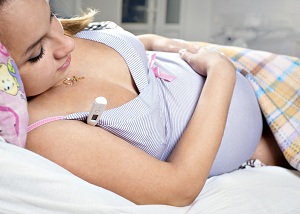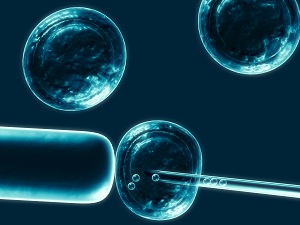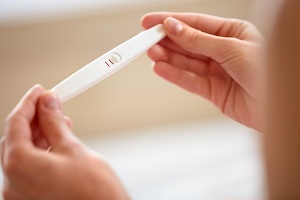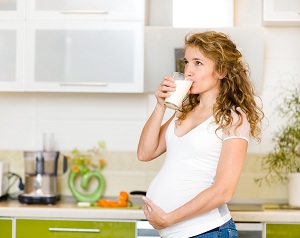Evelyn Telfer has been studying the machine of human reproduction for over 30 years and has achieved an unprecedented result. Together with her team she was able to isolate oocytes from fresh ovarian tissue to grow them in the laboratory in different substrates, reaching the right degree of maturation to be ready for fertilization, thus giving a great chance of pregnancy even to women who recover from a tumor.
The results of this extraordinary study were published in "Molecular Human Reproduction".
This discovery is a new step in the study to preserve the fertility of women with cancer, who face a chemotherapy that can damage the ovaries. To date, before treatment, patients can undergo an egg retrieval, which are then frozen and used after healing, with assisted reproduction techniques (PMA). The alternative, even if still considered experimental, is to take a piece of ovarian tissue. In order to re-implant it, however, as Eleonora Porcu, head of the Center for Infertility and Medically Assisted Procreation of the S. Orsola-Maalpighi Polyclinic Hospital in Bologna, has underlined, further invasive surgery is required. In addition, the ovary does not always start functioning again and you could also have the risk, by replanting the tissue, to reintroduce the cancer, if cancer cells were present. By taking the oocytes to grow in vain, however, the risk of cancer drops dramatically.
This is a great achievement, since before this moment no one had ever succeeded in obtaining mature oocytes from a human being in the laboratory (only from mice and sheep).
Eleonora Porcu added that this is a big step forward, but to which many questions shared by the researchers are still associated.
The ovarian tissue used was fresh. But what happens if you freeze as you usually do? Furthermore, the percentage of oocytes reaching the fertilization stage is very low and there are several anomalies. The authors of the study wrote that they have noticed in some oocytes a large polar cell, which indicates an anomaly. Oocytes of the genus, usually, in the Pma are discarded, as they can transmit these possible anomalies to the embryo.
The study, therefore, is still experimental and for this Eleonora Porcu is keen to not give too many false hopes, despite the great progress made at the time. It is about giving some more possibilities to patients who have recovered from a tumor, but it is not yet at the points to solve the problems of infertility.
Lorenzo D'Avack, bioethicist and vicar president of the National Bioethics Committee, interviewed by ANSA, defines this discovery, if it is aimed at human procreation, condemnable and scientifically dangerous. Furthermore, it considers unacceptable the possible use of oocytes developed in the laboratory for the purpose of treating diseases.
Cristina Eguizabal Argaiz, on behalf of the Esre (European Society for Human Reproduction and Embryology) explained on Repubblica that it is a very interesting discovery but invites caution, as a fabric of young women has been used (30 years) and not older women or with infertility problems, so you can not know at the moment if it can be effective even in these cases. It is necessary to continue with new studies to demonstrate the functionality of the oocytes.
Source:
repubblica.it






